The shutter is the curtain placed directly in front of a camera’s sensor. During exposure, the shutter opens and lets the light through for a length of time defined by the photographer. This defined period of time is known as the shutter speed. It is measured in fractions of a second (e.g., 1/250, 1/100) or even as a whole (e.g., 1 second, 4 seconds). Besides controlling the amount of light entering the sensor, shutter speed also affects how sharp or blurry your images turn out, and it also plays an important role in motion effects. Aaron Nace discusses everything you need to know about shutter speed:
Effect of Shutter Speed on Photos
With basic understanding, you can now tell that shutter speed affects the brightness of your photos. The longer the shutter speed, the more light strikes the sensor, resulting in a brighter image. And the faster the shutter speed, the less light reaches the sensor, resulting in a darker image. Besides brightness, shutter speed also controls how motion is captured in your photo.
With light, the sensor also records movement. If the subject is moving, you can see the movement in the form of blur in your final image. The longer your shutter speed, the more prominent the motion blur will become in your image. But if your shutter speed is fast enough, even the moving subject will appear frozen in the final image.
If your objective is to capture fast-moving subjects and make them appear frozen, you should choose a faster shutter speed—something like 1/1000 second or faster. But keep in mind that using a faster shutter speed requires adequate lighting. You may need to adjust your aperture and ISO to make up for the fast shutter speed.
If you find yourself indoors in a dimly lit situation, you’ll want to let as much light hit the sensor as possible. For this, you will need to opt for a slower shutter speed. A slower shutter speed, like 1/100 or 1/60 second, is usually adequate to take pictures of people indoors. But if the lighting conditions are really poor, you’ll need to slow down your shutter speed further to let as much light in as possible. But, this creates the risk of introducing motion blur.
When using slower shutter speeds, place your camera on a tripod or a stable surface to prevent blur. If the conditions are really dark, you will need to use a very long shutter speed with the camera mounted on a tripod or on a stable flat surface. For instance, the image below was taken with a 45 minute shutter speed.
Motion Blur and Camera Shake
Blur can appear in an image in two ways: subject movement (motion blur) or camera movement (camera shake).
When the camera is set to a long shutter speed, the image is prone to both types of blur. If your images are turning out blurry, opt for a faster shutter speed or ask your subject to stay still for a while.
Shutter speed is an important part of the exposure triangle. Changing it means that you will need to make certain adjustments to your aperture or ISO—or both. So first, decide whether you want to completely freeze the action or allow some motion in your shot. Set your shutter speed accordingly and then make adjustments to the other variables of the exposure triangle.
Like This Article?
Don't Miss The Next One!
Join over 100,000 photographers of all experience levels who receive our free photography tips and articles to stay current:
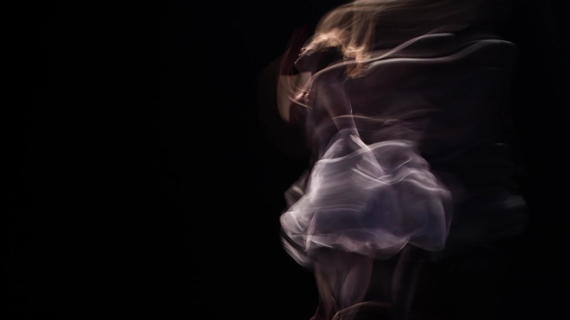
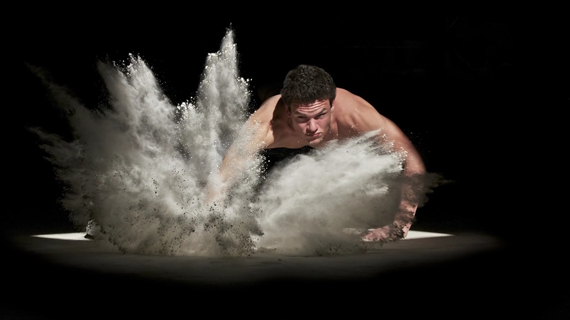
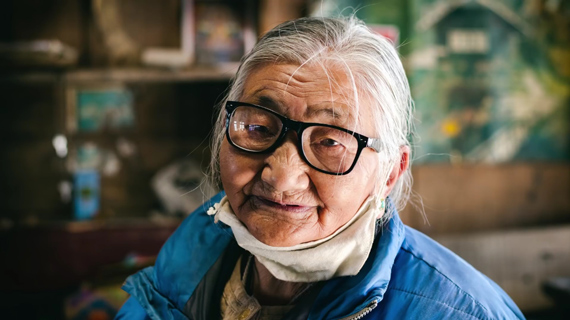
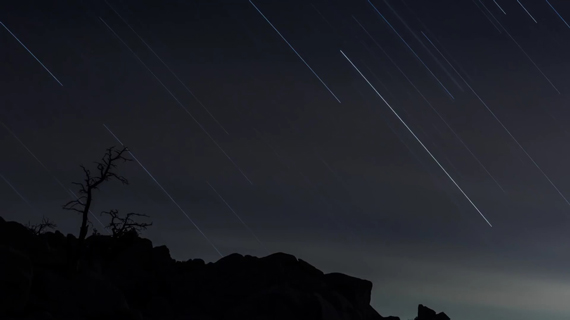
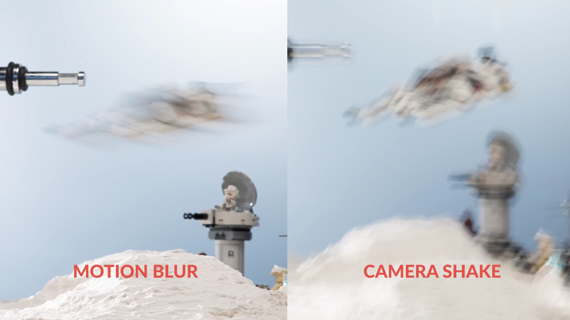






Leave a Reply